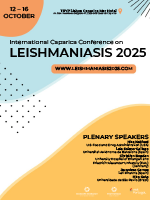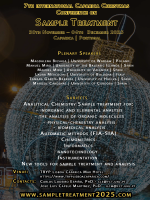Proteomic changes in extended-spectrum beta-lactamase-producing Escherichia coli strain under cefotaxime selection
DOI: 10.5584/jiomics.v3i2.140
Abstract
Proteomics can be used to study the metabolic pathways and mechanisms involved in antimicrobial resistance. The aim of this comparative proteomic study was to establish the overall changes in the proteome of a naturally occurring ESBL-producing E. coli strain (C5478) stressed with its minimal inhibitory concentration (2 μg/mL) of cefotaxime, compared to the proteome of the same strain without antimicrobial stress, by using 2-D gel electrophoresis (2-DE) followed by matrix-assisted laser desorption/ionization time-of-flight mass spectrometry (MALDI-TOF MS). The comparative proteomic analysis revealed that the abundance of numerous protein species changed in the strain stressed by CTX compared to the non-stressed wild-type strain. A total of 188 spots were excised from the 2-DE gel of the wild-type strain, 112 of which were successfully identified by MALDI-TOF MS, representing 110 different proteins. Concerning the 2-DE gel of the CTX-stressed bacteria, 171 spots were excised and 156 were identified, representing 143 different proteins. The proteins identified in both strains were categorized according to their biological functions. These proteins were involved in metabolism, protein synthesis, cell division, stress responses, and antimicrobial resistance, among others. These findings will be helpful to further understand not only the antimicrobial resistance mechanisms, but also the role of wild animals as reservoirs in spreading antimicrobial-resistant bacteria into the environment.









